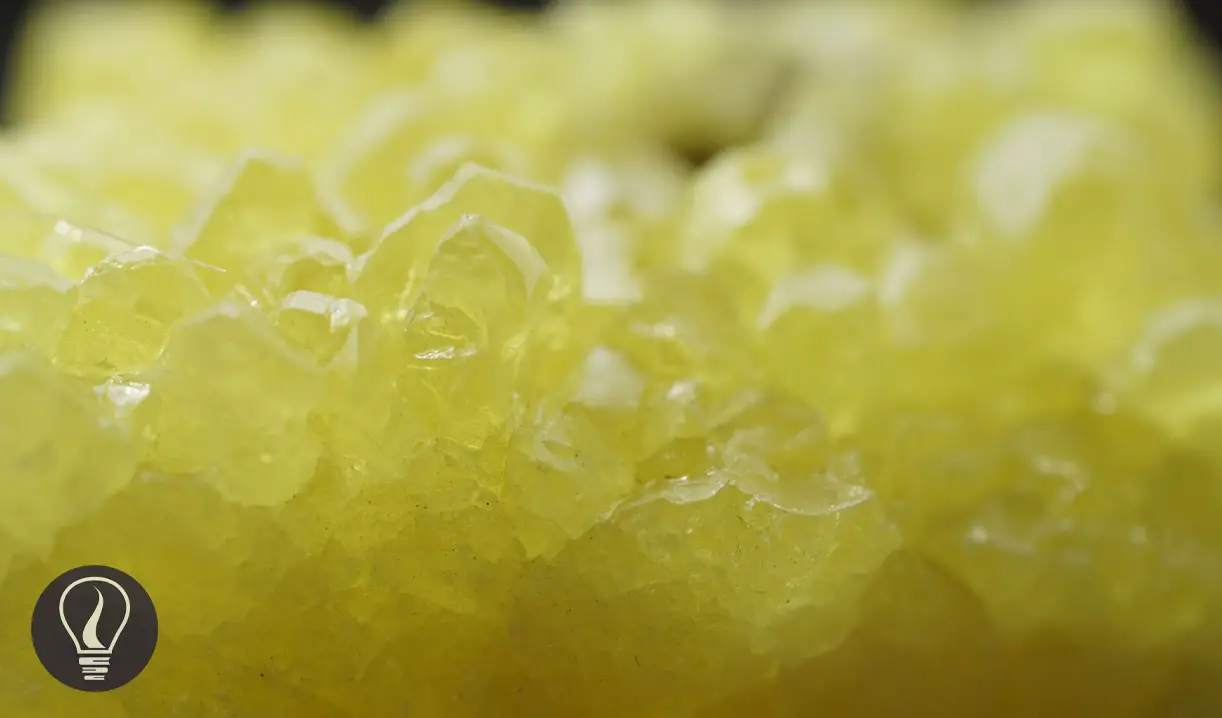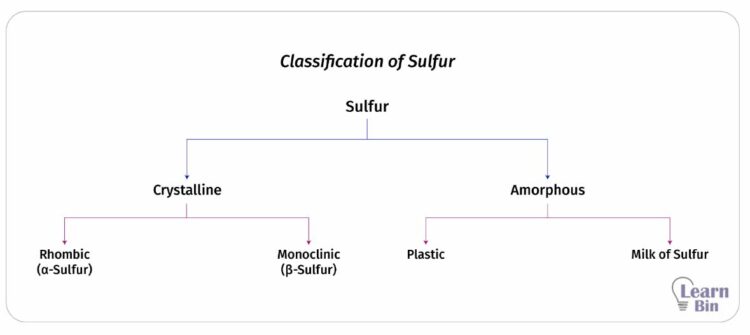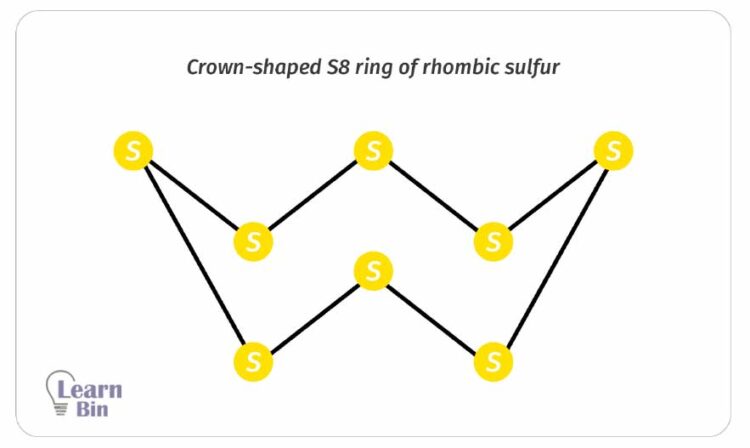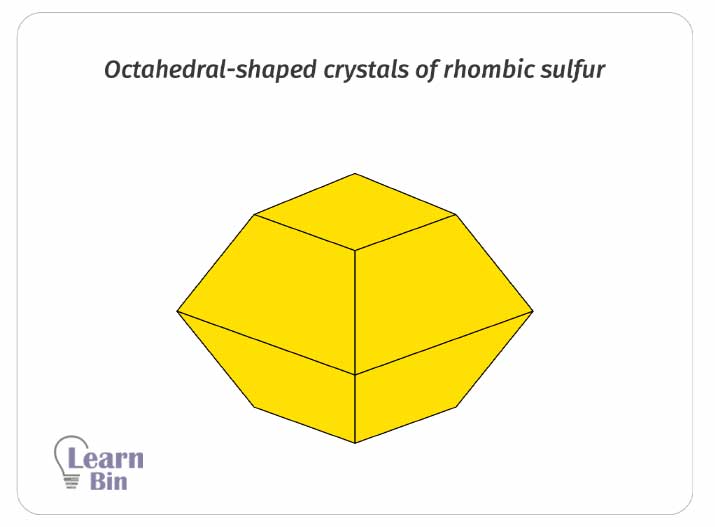More results...


Sulfur which is indicated by the symbol "S", is one of the most common elements on the earth. It belongs to group 16 of the periodic table and its atomic number is 16. One of its unique qualities is its ability to exist in different forms, known as allotropes. These allotropes of sulfur have the same chemical composition but differ in structure and properties.
Sulfur can appear as crystals, powders, or even as a soft, sticky substance. Each allotrope of sulfur has its own characteristics and uses, making sulfur an important element in various fields, from medicine to agriculture.
Sulfur exists in crystalline or amorphous form. Crystalline sulfur has orderly arranged sulfur atoms while amorphous sulfur has randomly arranged sulfur atoms.
Sulfur forms two crystalline allotrophs and two amorphous allotrophs. Crystalline sulfur consists of S8 rings. These S8 rings can arrange into two different ways to form Rhombic sulfur and Monoclinic sulfur.

Rhombic sulfur is the most stable form of the sulfur allotrophs. It forms a crown-shaped S8 ring. These S8 rings form octahedral-shaped crystals. Rhombic sulfur crystals are transparent and yellow in color. Since it is a non-polar compound, rhombic sulfur cannot be dissolved in polar solvents like water.


Rhombic sulfur is prepared to dissolve powdered sulfur in Carbon sulfide solution (CS2) and let the solvent to be evaporated.
Monoclinic sulfur is also a crystalline sulfur that consists of S8 rings. These are needle-like (Rod-shaped) crystals. Only stable above 96 0C. When the temperature decreases below 96 0C, it will turn into rhombic sulfur. Conversely, monoclinic sulfur can be prepared by heating rhombic sulfur above 96 0C.
Plastic sulfur is an amorphous sulfur. It is a brown color rubber-like material. It has malleable properties. Unlike rhombic sulfur, plastic sulfur is insoluble in CS2 solvent. Plastic sulfur can be formed by sudden cooling of molten sulfur powder. Plastic sulfur will also turn into rhombic sulfur after a while.
Preparation of plastic sulfur
If sulfur and water are resulted as products in a chemical reaction, in such a situation milk of sulfur is formed. Milk of sulfur is a dispersion of sulfur in water. (Solid-liquid dispersion). Therefore, the solution appears as a milky white or yellow color solution.
Chemical reactions where the milk of Sulfur is formed


The cover image was created using an image by beauty_of_nature from Pixabay